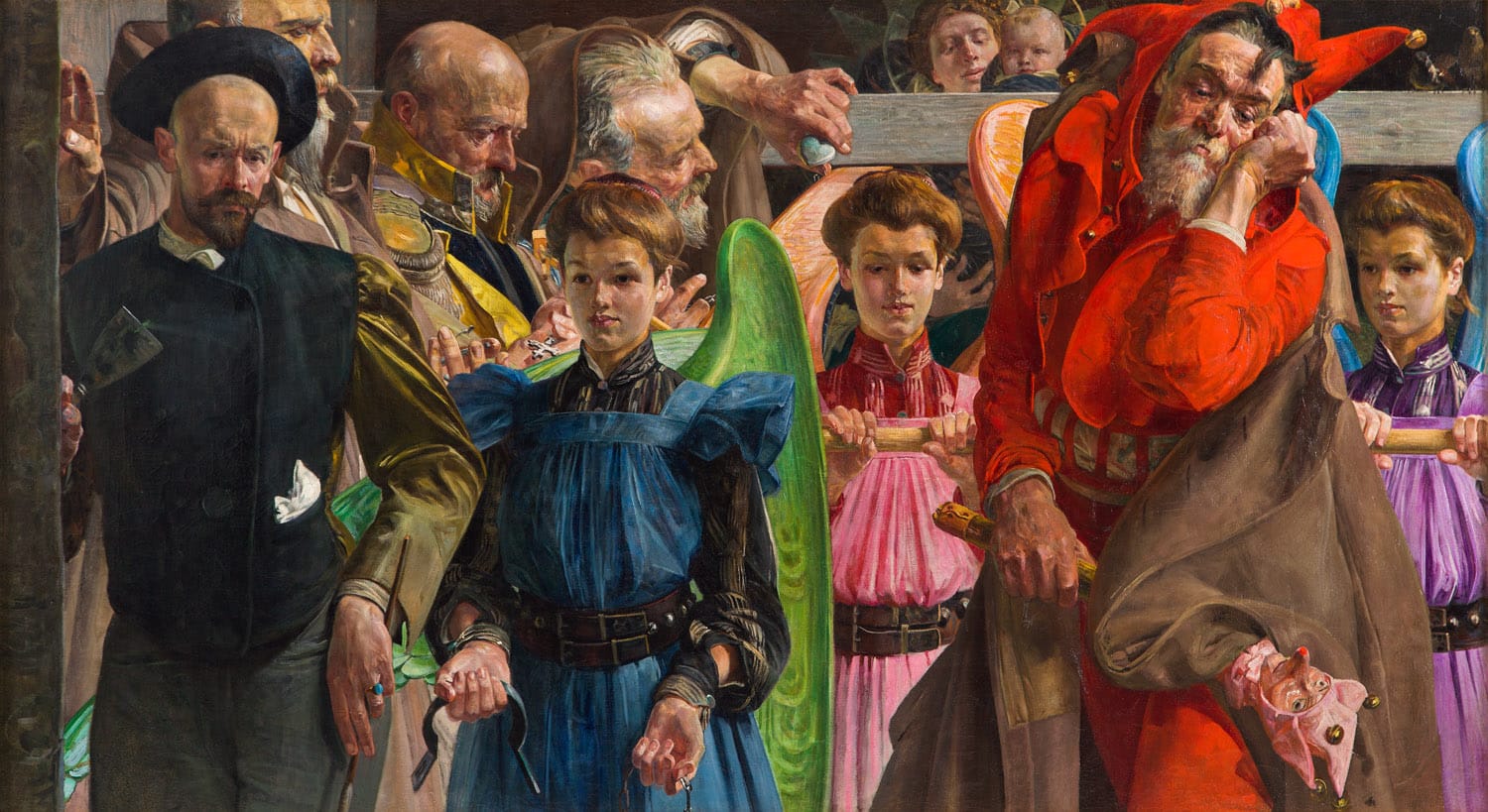Do today's dictators need a Court Jester?
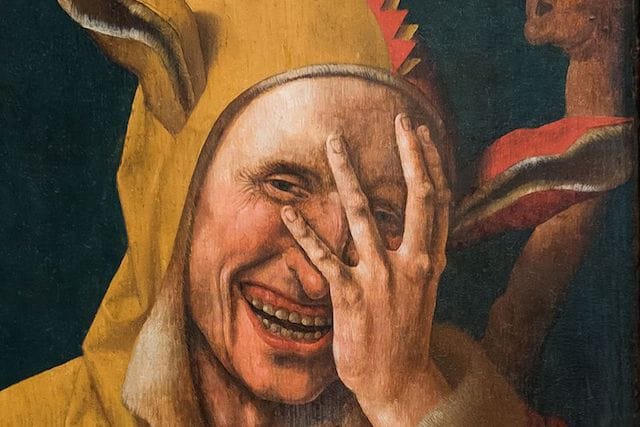
Yes, they do. Unfortunately, today's dictators don't have a sense of humor and I expect they would have their court jester deported or even shot the moment they told the Truth. The kings and queens of yore who did have court jesters or - the term I prefer, "Wise Fools" - tells you those rulers were thicker skinned than Trump or Putin or Xi or Modi. Even Henry VIII of England had a court jester and he was a mean bastard.
I have a few favorites in European traditions: the Fool in Shakespeare's King Lear, firstly, and perhaps Till Eulenspiegel in 14th century Germany. Then there is Stańczyk, the most famous Polish court jester - famous because he was very intelligent. If he existed at all, he lived to be almost 80 when he died around 1560. The painting below - iconic in Polish history - shows him as the only person at a royal ball who is upset by news that the Russians have captured Smolensk (in 1514). Stańczyk was actively promoted as a nationalist hero in the 19th century, when Poland (Polska) was occupied by Prussia, Russia and Austria.
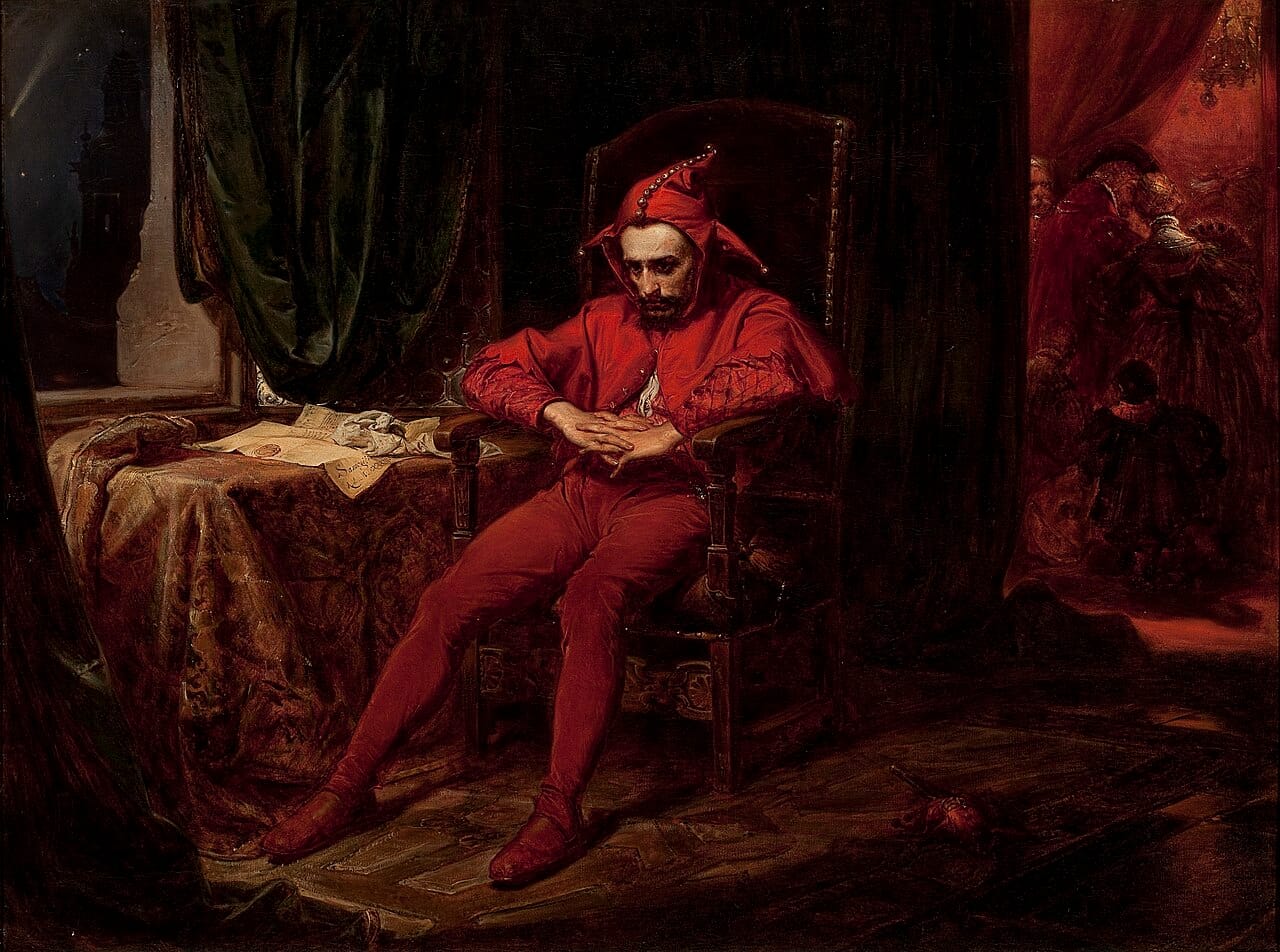
The other court jester I like is Triboulet, a more traditional French jester, also from the 1500's, who is more of a composite of different jesters. He is fascinating mostly because of how many literary characters he inspired, including an appearance in Rabelais' Gargantua and Pantagruel (below) and as the hero of Victor Hugo’s 1832 play, Le roi s’amuse. That play was banned after just one performance for its satire of the monarchy and aristocracy, which just goes to show that dictators do not, in fact, have a sense of humor. He then appeared in Verdi’s opera adaptation of 1851, Rigoletto (here).
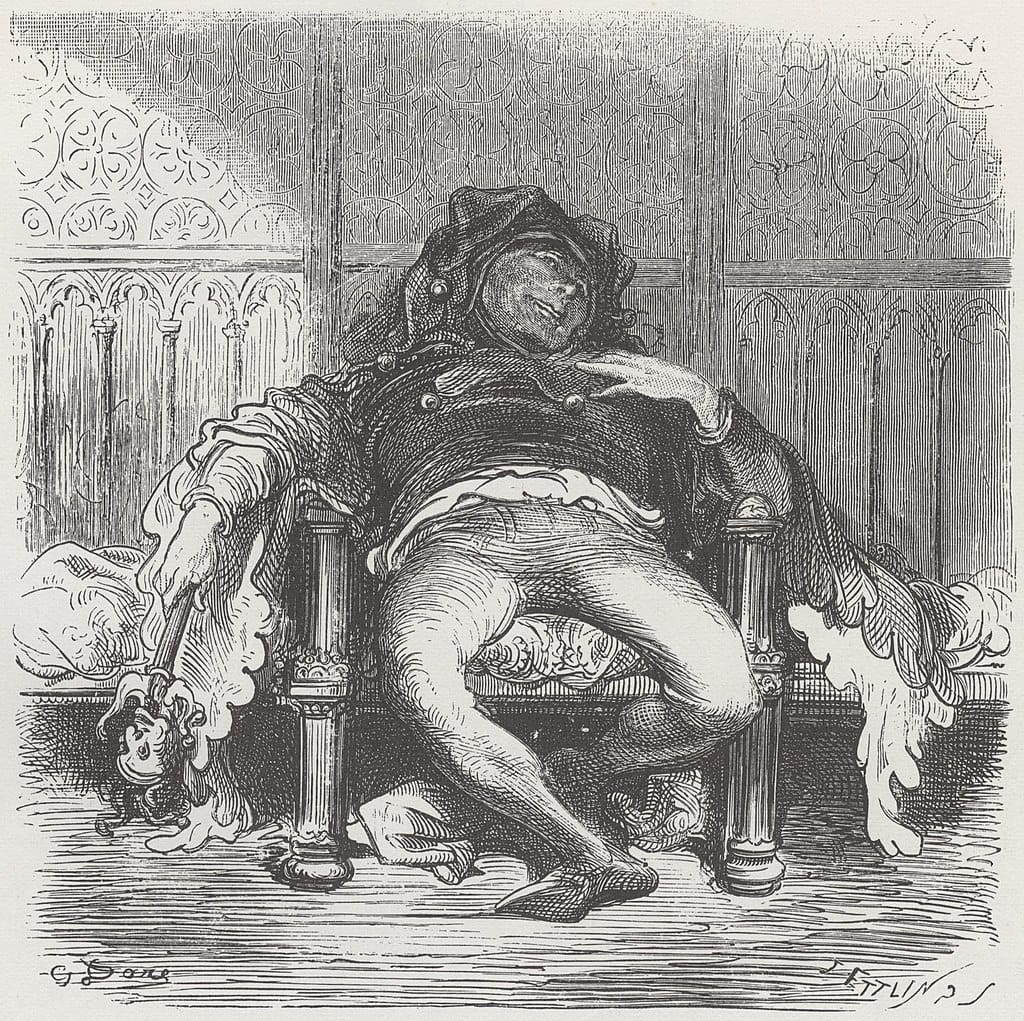
These court jesters described above were "wise fools," but there were two other types of fool and they have existed on every continent. One was/is the Holy Fool (Yurodivy - юродивый; more here) and the other was the "foolish" Fool. This painting below, An Allegory of Folly, is by Flemish master Quentin Matsys showing a Fool marked by physical deformities. It's curious to think that Erasmus published his influential In Praise of Folly at exactly this time and that Luther's Reformation was imminent. Did the existing order seem absurd and worthy of satire?
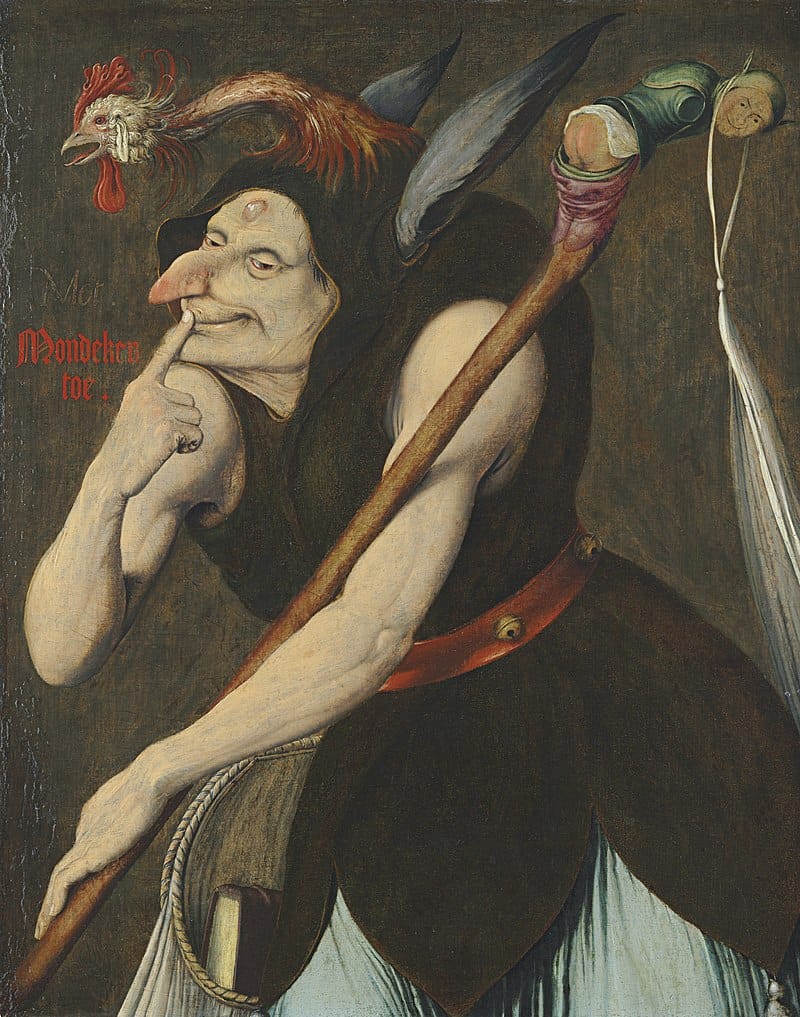
One of the coolest things about jesters and fools is their Marotte, a prop stick or scepter with a carved head on it, like in the image above. Below is a woodcut from around 1540 that also shows the jester's distinctive cap and bells, which announced the jester's arrival. The cap and bells often appeared on their marottes as well.
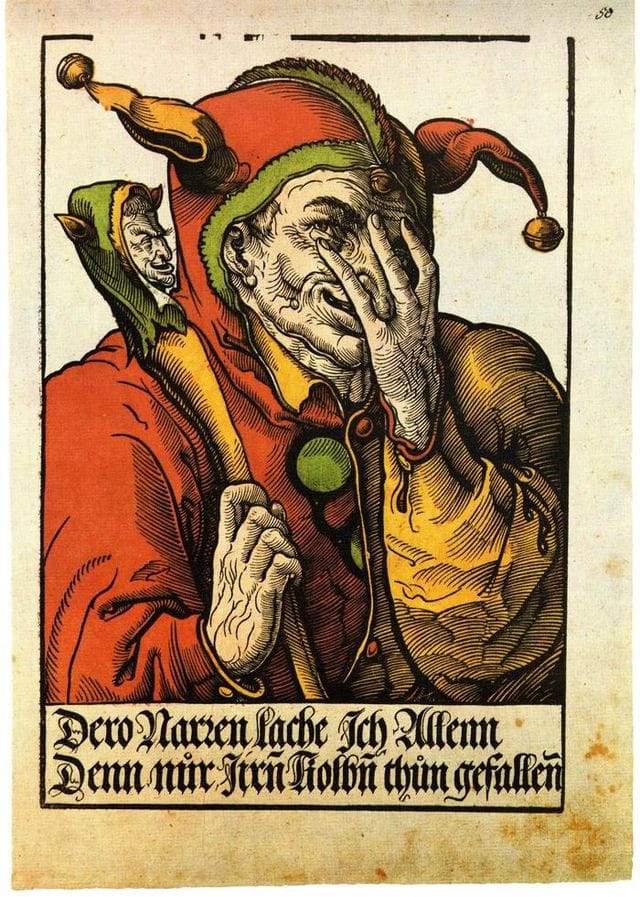
On a more delicate note, it is also true that dwarfs (LPs) were exploited by royal patrons, but that's a story for another day. This is from an Austrian painter. Also see here.
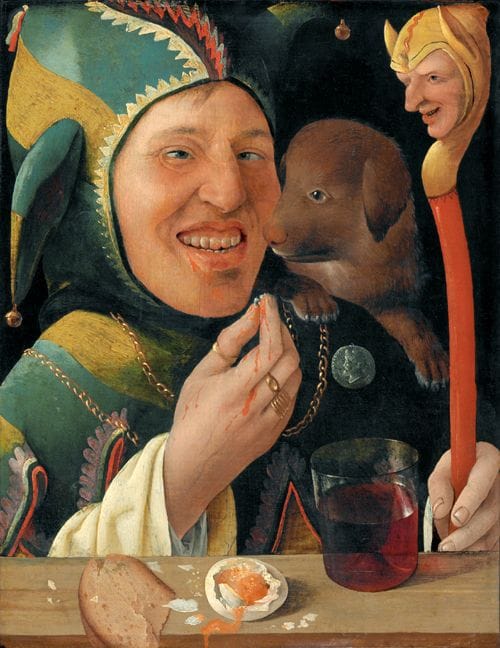
I like this Dutch jester:
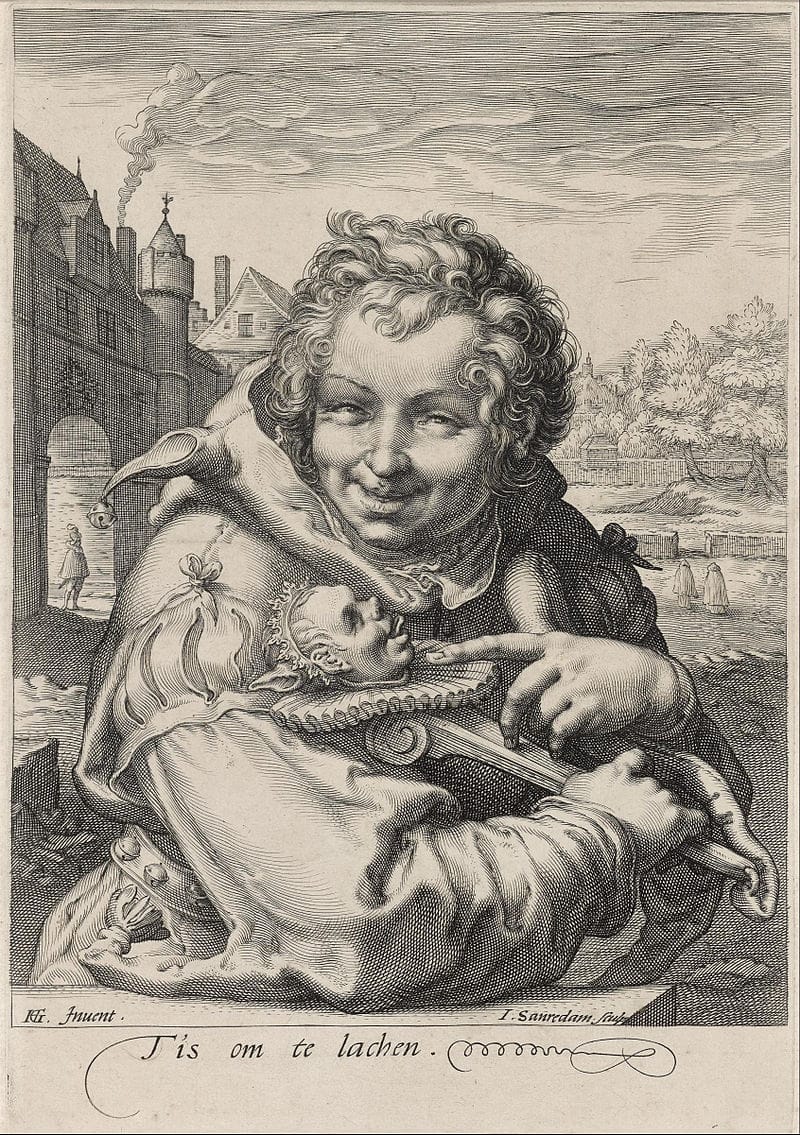
This is two Russian jesters from an 18th century lubok (Russian woodcuts):
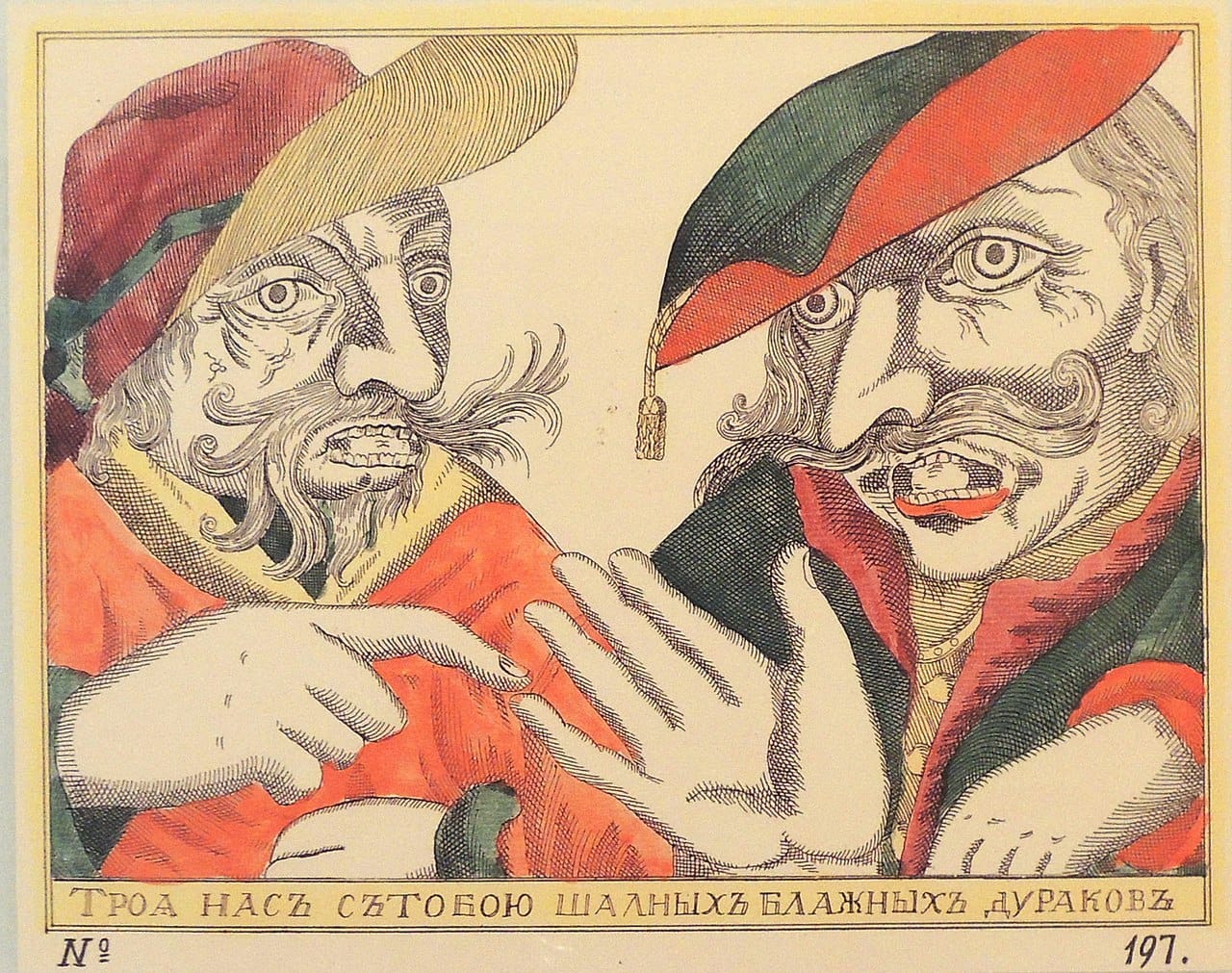
Finally, the Polish jester shown higher up, Stańczyk, appears in this painting of 1908, as an homage. The painter is the figure in black on the left. The provenance of this painting is very controversial.
